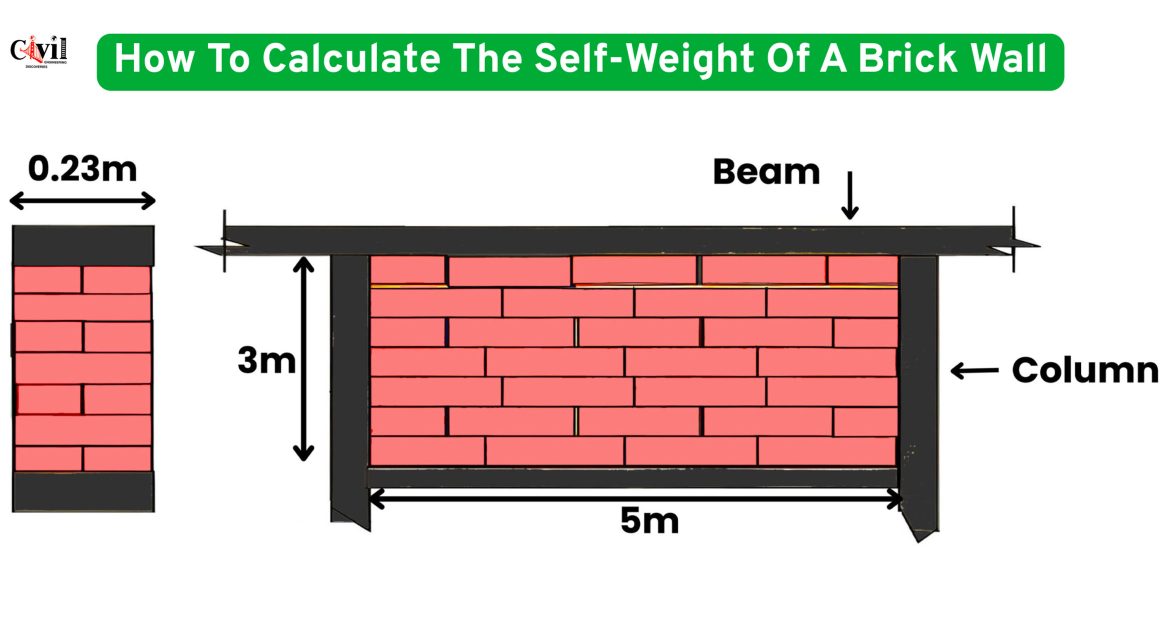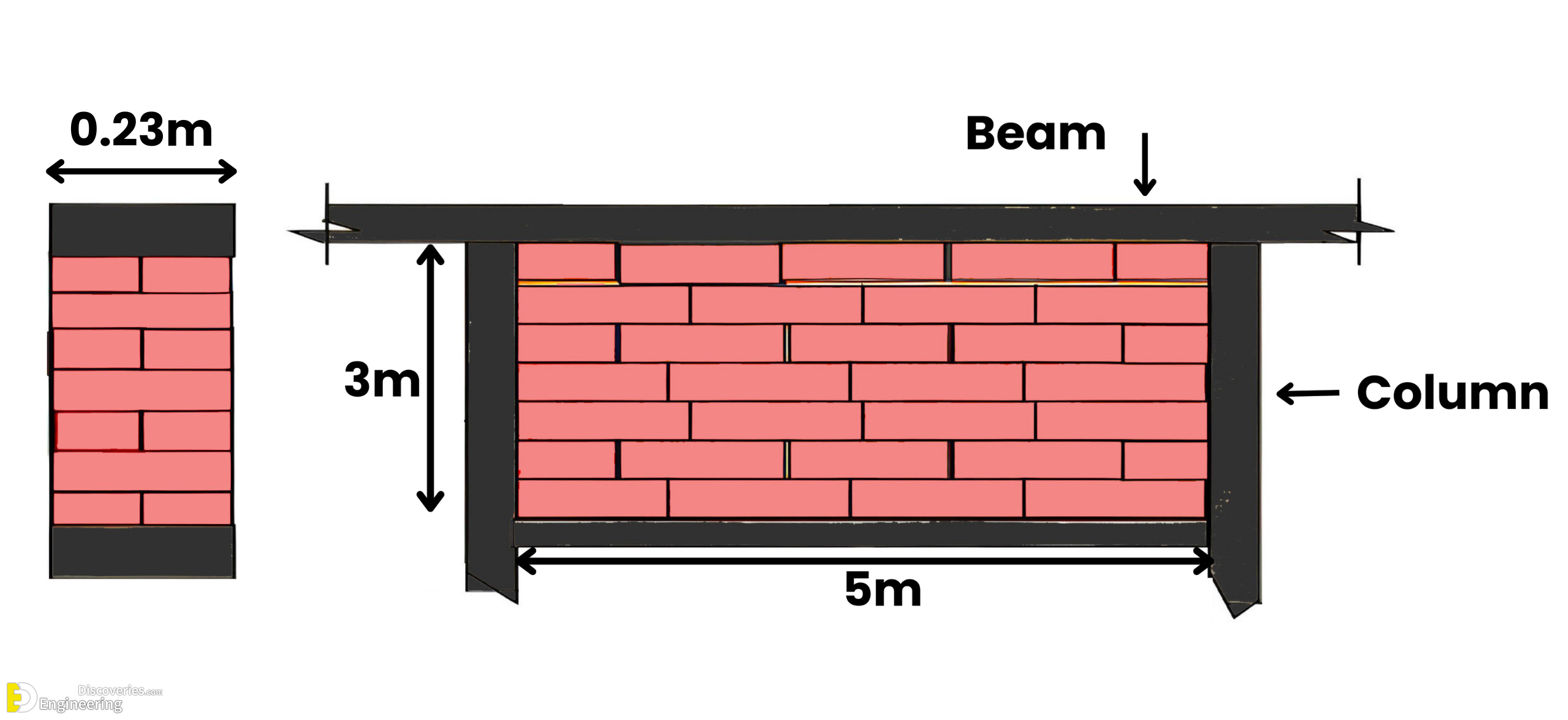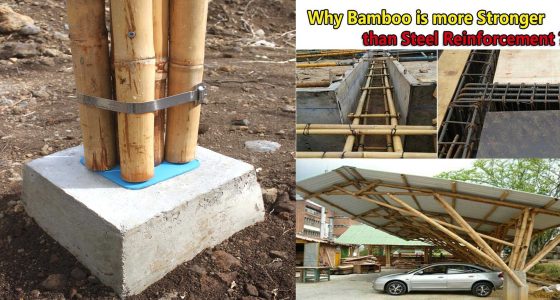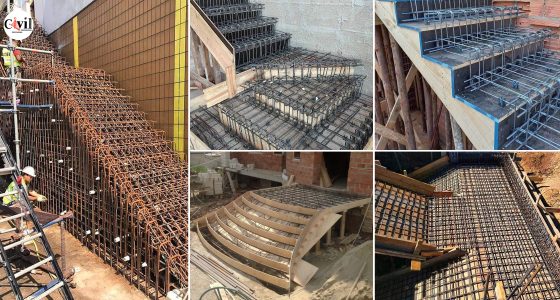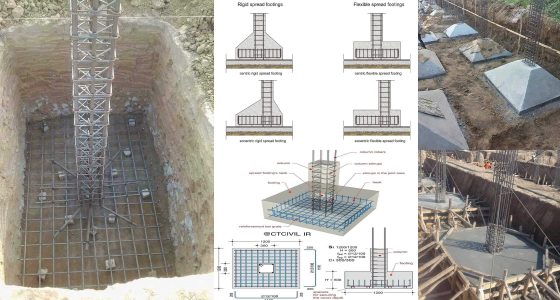In structural engineering, determining the dead load of a brick wall is essential for designing safe and durable buildings. Dead load refers to the permanent static weight of structural components. For brick walls, this includes the self-weight of bricks and, when applicable, the additional weight of plaster.
This article provides a step-by-step method for calculating the dead load of a brick wall, both in its raw and plastered forms.
Step 1: Understanding the Given Dimensions
Let’s consider a typical brick wall with the following dimensions:
Length: 4 meters
Height: 3 meters
Thickness: 0.23 meters
These dimensions are standard for many load-bearing walls used in residential and commercial buildings.
Step 2: Calculate the Volume of the Wall
To begin, calculate the volume of the wall using the formula:
Volume = Length × Height × Thickness
Substituting the values:
Volume = 4 m × 3 m × 0.23 m = 2.76 cubic meters (cum)
This volume is essential for estimating the self-weight of the wall.
Step 3: Use Standard Unit Weight of Brick Masonry
Unit weight of burnt clay brick masonry is: 1920 kg/cum
Now, calculate the self-weight (dead load) of the unplastered wall:
Self-weight = Unit Weight × Volume
= 1920 kg/cum × 2.76 cum = 5299.20 kg
This value represents the static load the brick structure contributes to the building’s foundation and supports.
Step 4: Determine the Weight of a Plastered Wall
If the brick wall is finished with cement plaster, its overall weight increases. the unit weight of cement mortar/plaster is 2080 kg/cum.
For practical purposes, engineers often round up the average unit weight for a plastered brick wall to:
2100 kg/cum
Now, recalculate the dead load for the plastered brick wall using the same volume:
Finished wall weight = 2100 kg/cum × 2.76 cum = 5796 kg
This figure accounts for both the brickwork and plaster coating without increasing the wall’s physical dimensions.
Key Notes and Assumptions
The thickness includes plaster; no extra thickness is added in this calculation.
This method assumes uniform application of plaster on both sides of the wall.
Click Here To See How To Calculate The Total Load Over RCC Footings?
